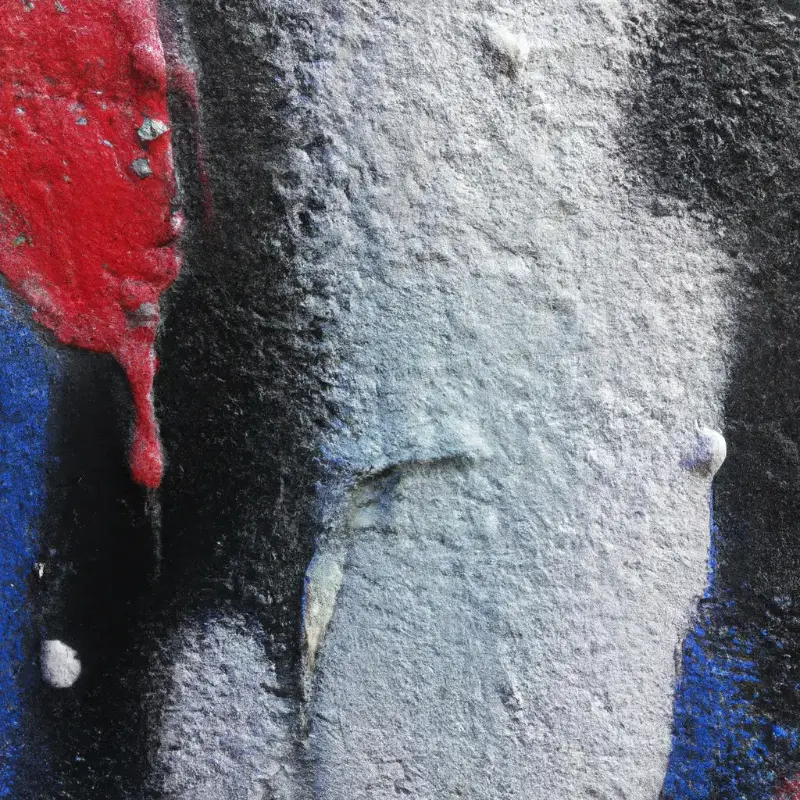Color Psychology in Art: Communicating Through Hues

Discover how artists use color psychology to convey emotions and messages in their artwork. Curious about the hidden meanings behind hues? Find out here.
🎨🖌️👁️🌈🧠🖼️😌🎭🤔🧐
- Red: The Color of Passion and Energy
- Hue Significance: Often associated with love, anger, and intensity.
- Cultural Interpretations: In China, red symbolizes good fortune; in South Africa, it's the color of mourning.
- Artistic Applications: Used by artists to create focal points or evoke strong emotions.
- Blue: The Color of Serenity and Depth
- Hue Significance: Represents calm, stability, and trust.
- Cultural Interpretations: In Western cultures, blue can denote sadness; in the Middle East, it's protective.
- Artistic Applications: Artists use blue for creating a sense of tranquility or to depict coolness in landscapes.
- Yellow: The Color of Joy and Energy
- Hue Significance: Symbolizes happiness, optimism, and caution in different contexts.
- Cultural Interpretations: In Japan, yellow stands for courage; in Egypt, for mourning.
- Artistic Applications: Often employed by artists to portray sunlight, warmth, or to capture attention with its brightness.
- Green: The Color of Nature and Renewal
- Hue Significance: Commonly associated with growth, health, and environmentalism.
- Cultural Interpretations: In Western cultures, green signifies luck; in some Asian cultures, it can represent infidelity.
- Artistic Applications: Artists use green to depict nature, create a restful backdrop or suggest freshness.
- Purple: The Color of Luxury and Creativity
- Hue Significance: Often connotes royalty, spirituality, and mystery.
- Cultural Interpretations: In Thailand, purple is worn by widows in mourning; in the U.S., it represents valor.
- Artistic Applications: Utilized in art to create a sense of depth, richness, or to stimulate imagination.
- Orange: The Color of Warmth and Enthusiasm
- Hue Significance: Evokes feelings of creativity, vitality, and adventure.
- Cultural Interpretations: Orange is a sacred and auspicious color in Hinduism; in the West, it can signify caution.
- Artistic Applications: Used by artists to inject energy, or to depict autumnal scenes and sunsets.
- Black: The Color of Elegance and Mystery
- Hue Significance: Represents power, sophistication, and the unknown.
- Cultural Interpretations: In many cultures, black is the color of mourning; in fashion, it's a staple for its versatility.
- Artistic Applications: Employed in art to create contrast, depth, and focus the viewer's eye.
- White: The Color of Purity and Simplicity
- Hue Significance: Symbolizes innocence, cleanliness, and peace.
- Cultural Interpretations: In some Eastern cultures, white is the color of mourning; in the West, it's often related to weddings.
- Artistic Applications: Artists utilize white to convey simplicity, create negative space, or highlight other colors.
Understanding Color Psychology in Art #
Color is a powerful tool in the artist’s palette, used not only for its aesthetic appeal but also for its ability to convey emotions and meanings. The psychology behind color is as complex as it is fascinating, influencing the viewer's perceptions and emotions in various ways.
The Emotional Spectrum #
Colors have the ability to evoke specific emotional responses. Red, for instance, can stimulate feelings of passion and urgency, making it a frequent choice in artwork intended to provoke a strong reaction. The color blue is often used by artists to create a soothing and calm environment, harnessing its tranquil properties.
Cultural Color Meanings #
The interpretation of colors can be highly cultural. For example, yellow is considered sacred and imperial in China, yet it is associated with jealousy and deceit in France. Artists need to be mindful of these cultural connotations when presenting their work to an international audience.
Artistic Intentions #
In their creations, artists use colors strategically to serve their artistic intentions. The serene hues of green can transport the viewer to natural settings, evoking a sense of peace and renewal. Purple often finds its way into works that aim to depict luxury or deepen the sense of mystery within a piece.
On the darker side of the spectrum, black is a versatile color that can be bold and forbidding or elegant and sophisticated, depending on its use. White may seem simple but is incredibly potent in art, effectively creating negative space and highlighting the power of absence.
Art as Expression #
Artists channel their inner thoughts and emotions through the colors they choose, a concept elaborated upon in various sources such as "Philosophy of Art: Art as Expression". By understanding color psychology, one can interpret the unspoken language of art more profoundly and connect with the artist's intent on a deeper level.
Conclusion #
The interplay between color and emotion in art is a dance that has been performed since the dawn of artistic expression. Through color, artists communicate complex narratives and invoke reactions that transcend words. As we become more aware of color psychology, we unlock a new dimension in appreciating and interpreting art.